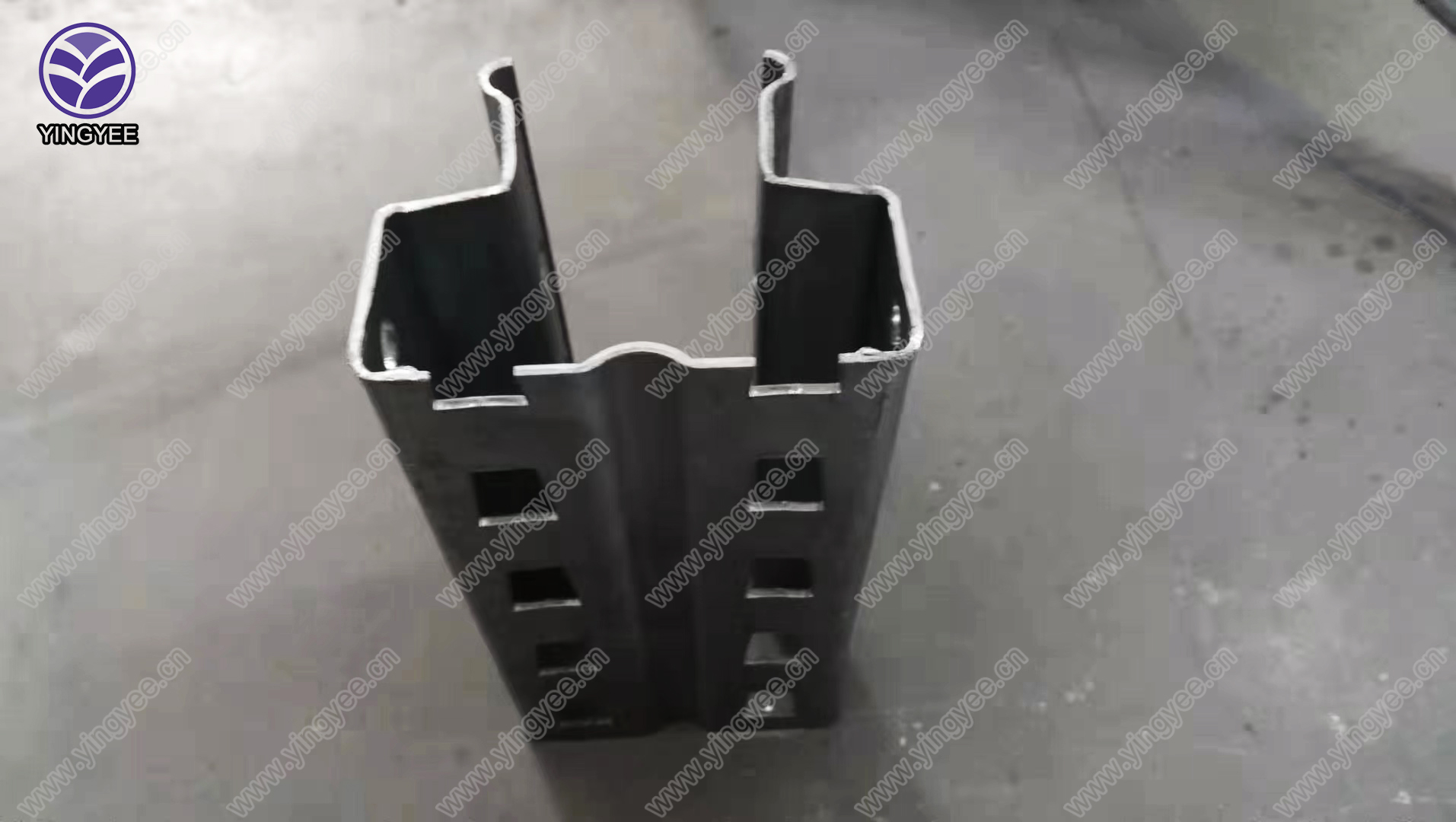
Understanding U-Shape Frame Forming Machines
In the world of manufacturing and construction, efficiency and precision are crucial. One of the innovative solutions that have emerged to enhance these aspects is the U-shape frame forming machine. This advanced piece of equipment is designed to create U-shaped frames, which are essential components used in various industries, including automotive, construction, and mechanical engineering.
What is a U-Shape Frame Forming Machine?
A U-shape frame forming machine is a specialized tool that processes raw materials, typically metal sheets or strips, into U-shaped profiles through a series of bending, cutting, and welding operations. The machine utilizes a series of rollers or dies that accurately shape the material as it passes through. These machines are engineered for high-speed production, ensuring that manufacturers can meet their demands without sacrificing quality.
Applications of U-Shape Frames
U-shaped frames are widely used in several applications due to their strength and structural integrity. In the automotive industry, they are often employed as chassis components, providing the necessary support for vehicles. In construction, U-shaped frames serve as essential support structures, particularly in the building of walls, roofs, and various frameworks. Additionally, in mechanical engineering, they can be found in machinery and equipment that require robust support.
Advantages of Using U-Shape Frame Forming Machines
1. Precision Engineering One of the key benefits of using a U-shape frame forming machine is the high level of precision it offers. The automated processes minimize human error, ensuring consistent dimensions and quality across every frame produced.

2. Efficiency and Speed These machines are designed to operate at high speeds, significantly reducing production time. This efficiency is critical in industries where time is of the essence, allowing businesses to scale up production without compromising on quality.
3. Material Versatility U-shape frame forming machines can process a variety of materials, including steel, aluminum, and other alloys. This versatility enables manufacturers to adapt to different project requirements and material specifications.
4. Cost-Effectiveness While the initial investment in a U-shape frame forming machine might be substantial, the long-term savings in terms of labor and material waste can be significant. Their ability to produce high-quality frames quickly leads to reduced operational costs.
5. Customizability Many U-shape frame forming machines can be programmed to create custom designs, allowing manufacturers to meet specific client requirements without the need for additional machinery or excessive labor.
Technological Advances
Recent technological advancements have further enhanced the capabilities of U-shape frame forming machines. The integration of CNC (Computer Numerical Control) technology allows for greater automation and precision, enabling manufacturers to create intricate designs with minimal manual intervention. Additionally, the incorporation of smart sensors and data analytics helps monitor production processes in real-time, leading to improved quality control and maintenance.
Conclusion
The U-shape frame forming machine is a vital asset in modern manufacturing. Its ability to produce durable and precise components quickly has made it an indispensable tool across various industries. As technology continues to advance, we can expect these machines to become even more efficient and versatile. For businesses looking to improve their manufacturing capabilities, investing in a U-shape frame forming machine could prove to be a game-changer, driving productivity and fostering innovation. With the increasing demand for U-shaped frames in multiple sectors, these machines are likely to play an even more significant role in the future of manufacturing.